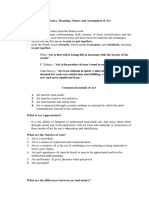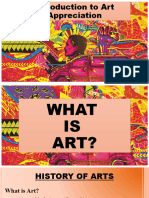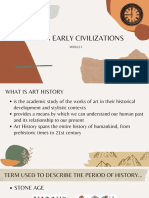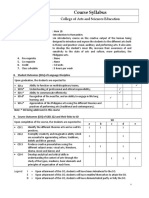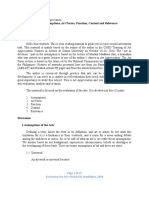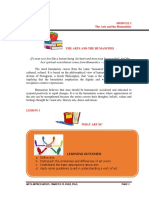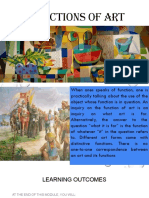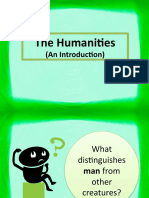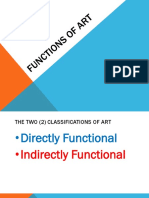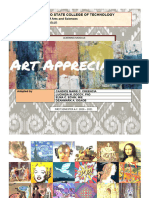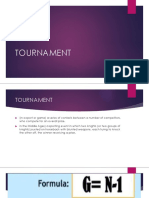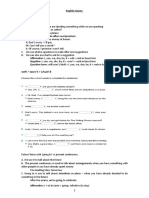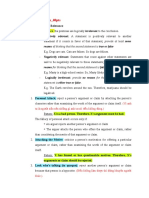100% found this document useful (3 votes)
2K views31 pagesIntroduction To Humanities
This document provides an introduction to humanities. It defines humanities as the study of human expression, thoughts, values and ideas through various art forms without using words. It identifies the main branches of humanities as arts, music, theater, dance, language, literature, classics, and religion and philosophy. It then discusses 10 reasons for studying humanities, including examining what it means to be human, fostering cultural understanding, developing critical thinking skills, and addressing societal challenges. The document aims to define humanities, identify its branches, and discuss the importance and benefits of studying the humanities.
Uploaded by
cindyCopyright
© © All Rights Reserved
We take content rights seriously. If you suspect this is your content, claim it here.
Available Formats
Download as PDF, TXT or read online on Scribd
100% found this document useful (3 votes)
2K views31 pagesIntroduction To Humanities
This document provides an introduction to humanities. It defines humanities as the study of human expression, thoughts, values and ideas through various art forms without using words. It identifies the main branches of humanities as arts, music, theater, dance, language, literature, classics, and religion and philosophy. It then discusses 10 reasons for studying humanities, including examining what it means to be human, fostering cultural understanding, developing critical thinking skills, and addressing societal challenges. The document aims to define humanities, identify its branches, and discuss the importance and benefits of studying the humanities.
Uploaded by
cindyCopyright
© © All Rights Reserved
We take content rights seriously. If you suspect this is your content, claim it here.
Available Formats
Download as PDF, TXT or read online on Scribd
/ 31











